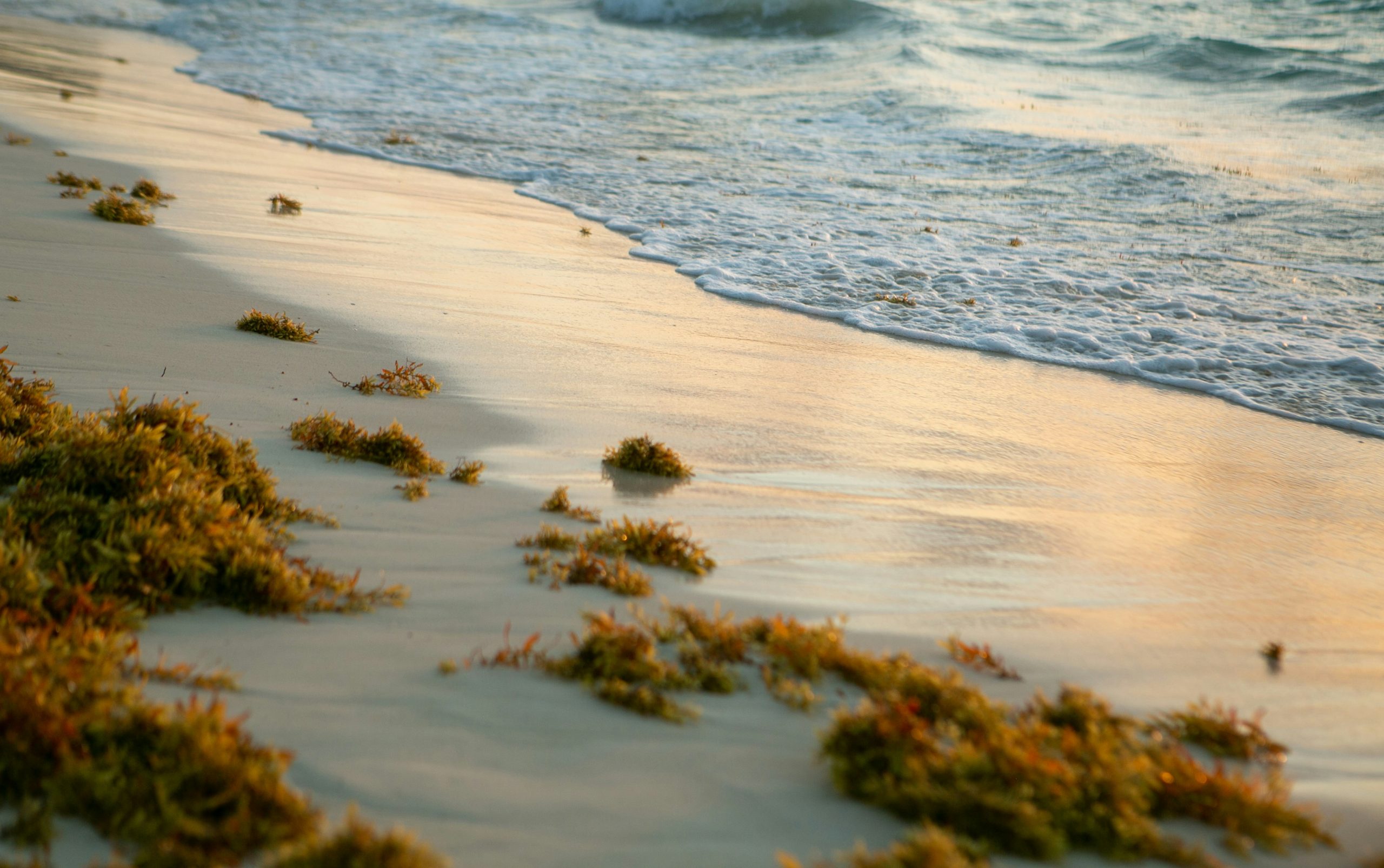Santo Domingo.- Sargassum arriving on Caribbean islands possesses high levels of antioxidants, anti-inflammatory agents, and antiviral properties, paving the way for the development of new pharmaceutical and cosmetic products derived from this macroalgae. Idania Rodeiro Guerra, Scientific Vice Director of the Institute of Marine Sciences (ICIMAR) of the Cuban Environment Agency, emphasized this during her keynote lecture titled “Obtaining Bioactive Molecules from Plants and Seaweed: Principles and Case Studies,” delivered as part of her exchange visit to the Technological Institute of Santo Domingo (INTEC).
Rodeiro highlighted that sargassum’s hydroalcoholic extract demonstrates antiherpetic activity by inhibiting the replication of herpes viruses HSV-1 and HSV-2. This discovery paves the way for the development of drugs for oral consumption or topical application, offering a novel alternative for utilizing sargassum resources.
These findings were published in an article by Rodeiro and her team in the renowned scientific journal “Journal of Applied Phycology,” published by Springer-Nature.
Furthermore, Rodeiro presented advancements from studies conducted within the Thalassia project, funded by the Global Environment Facility (GEF), the United Nations Development Program (UNDP), and the Ministry of Science, Technology, and Environment (CITMA) in Cuba.
The conference was organized by the Sargasso Interdisciplinary Research Group, led by INTEC research professor Ulises Jáuregui-Haza, who also coordinates the Doctorate in Environmental Sciences at INTEC. The event saw participation from specialists, professors, researchers, and students from the university.
INTEC has been at the forefront of sargassum research, with projects such as the chemical characterization of sargassum found on Dominican Republic beaches, the production and evaluation of sargassum-activated carbon for water decontamination, and the development of organic liquid bio-fertilizers from sargassum, which have shown promising results in the banana industry.
Additionally, an engineering team is working on the Quisqueya Sat project, aimed at developing the first Dominican satellite equipped with a high-resolution camera system. This satellite will forecast the arrival date, location, and volume of sargassum on Caribbean beaches each season, facilitating timely collection and mitigating its impact on tourism in the country and the region.

